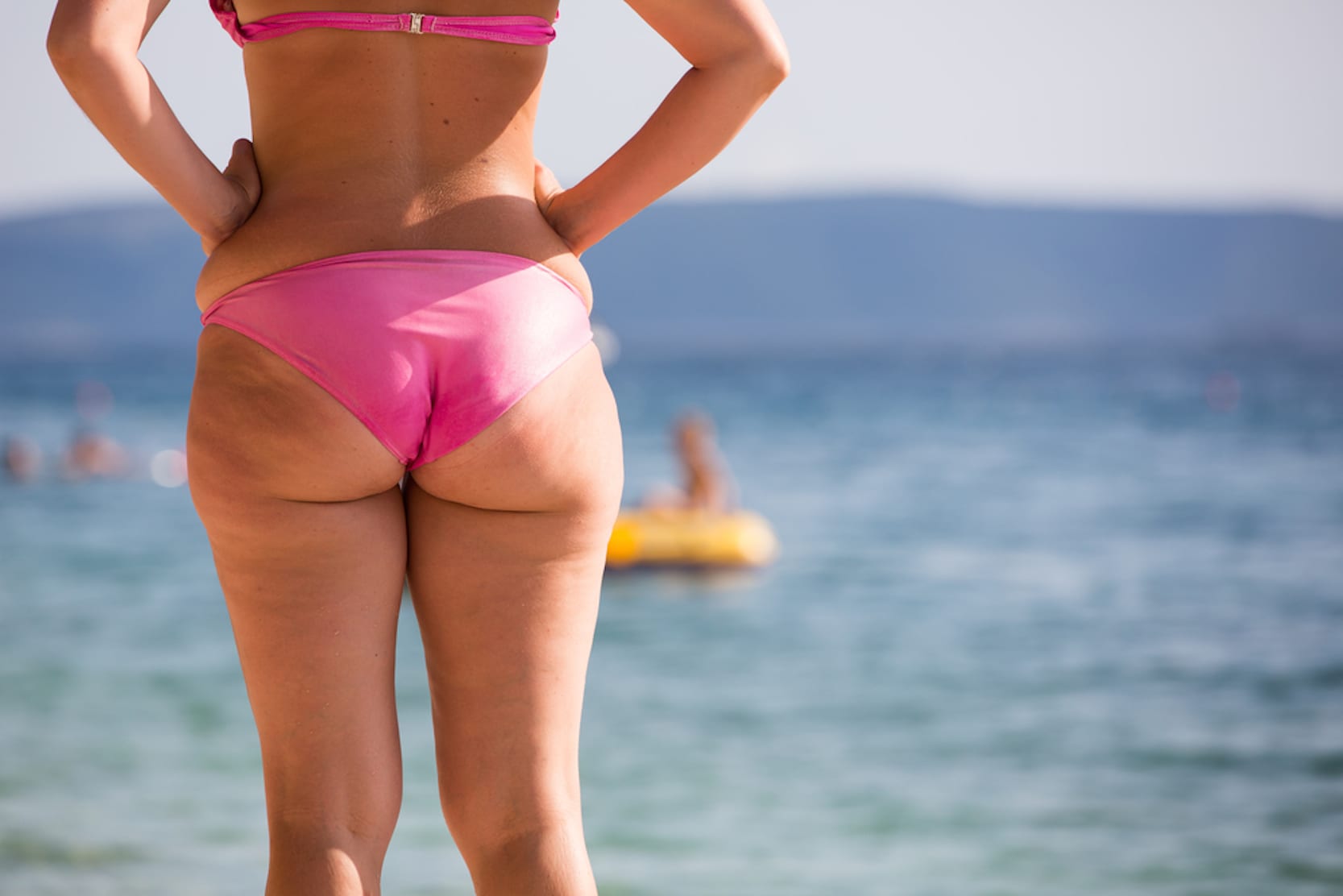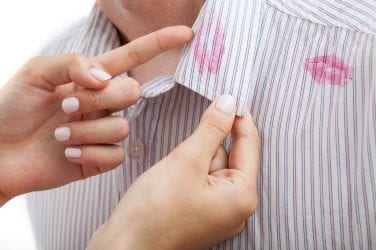
It’s summer, and for a lot of people, it means showing off that body they’ve been working so hard for these last couple of months… or not. Headlines will tell you that you which diets you should be on, or which drinks you can have and still maintain that perfect figure, but now it’s time that the term “beach body” becomes obsolete.
The standard of beauty has changed over the years, as in the 1970s, women who had curvier bodies were perceived as more attractive than females with a slimmer figure, and vice versa as the years went on. Buzzfeed’s video, Women’s Ideal Body Types Throughout History reveals that society’s standards were always changing, and there was not one particular standard that stood the test of time. For instance, there was a time when a woman’s body was a reflection of her husband’s social status, but as the years went on, women started to value having a slimmer, athletic build.
Despite these paradigm shifts, the term beach body managed to become a universal term, but there are several problems with it.
The term itself suggests that one type of body is the ideal standard for everyone, and there are probably some lucky folks out there who already have it. But for the rest, who were not #blessed with this beach body, they look to what the media tells them — following the standard that celebrities and models have set. These varying standards have led women to pursue various types of plastic surgeries, whether it was butt or breast augmentation or a stomach reduction. However, this notion of the ideal body type has also been attributed to triggering eating disorders, such as anorexia or bulimia to achieve a certain look.
The beach body has also been framed as some noteworthy achievement, a goal that people are supposed to work towards, but it’s important to remember that.
Thankfully, advertisers and companies, mostly geared towards women, have finally embraced the idea of not using Photoshop on their models, and more stories are being published online about women who embrace their flaws despite what people say.
For instance, Aerie, American Eagle’s lingerie, and sleepwear brand, launched a campaign in 2014, where they decided to stop using Photoshop on their models, and allowed people to follow their campaign with #AerieReal. Also, Dove is well-known for their beauty campaigns, and recently launched #MyBeautySay, where they call on women to create their own standard of beauty.
Women, however, aren’t the only people who are criticized for their appearances. Buzzfeed created a similar video of changing beauty standards for men, as there was an increase in male beauty products between 2012 and 2014. Studies have also shown that younger men are becoming more self-conscious about their appearance, possibly due to the use of athletes and celebrities in advertising.
The bottom line — the standard of beauty is always evolving, and creating one term that a diverse range of men and women are supposed to work towards is simply unfair. The world has come a long way from the notion that one “beach body” is the ideal body. Instead, embrace your body for its imperfections, because at the end of the day, the biggest critic you have is yourself.






